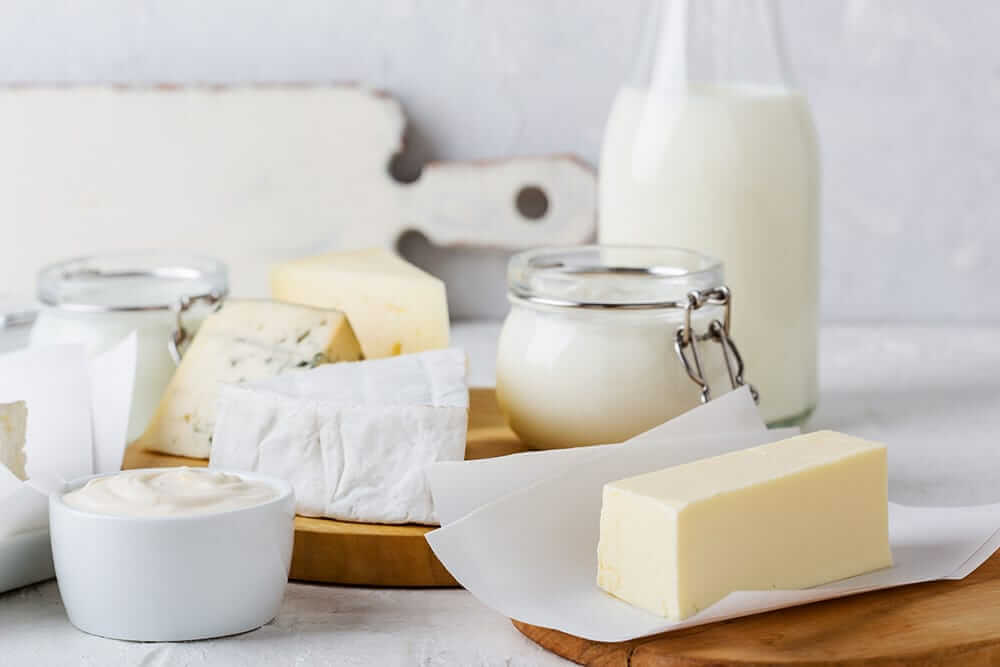Today, on the packages of most frozen products, we find the abbreviation "IQF," which stands for Individually Quick Frozen.
What does it mean? And what benefits does the Individually Quick Freezing technique bring to the consumer?
These are increasingly common questions among consumers who, as all the latest market surveys indicate, are increasingly reading what is written on food labels to make increasingly informed purchasing choices.
The advantages and secrets of Individually Quick Frozen
From a technical point of view, Individually Quick Freezing is a process that chills the individual ingredients of a food product by passing them one by one on a kind of conveyor belt and subjecting them to air streams with a temperature of -40° C that quickly brings them to a frozen state separate from each other.
We see the result of this process when, for example, we open a package of IQF peas and are faced not with a single frozen block but with many frozen peas "melted" inside the box. This allows us not to have to cook the block all at once but to take out and prepare only the necessary amount. In addition, heat penetrates the food evenly in the cooking process, with excellent results regarding the taste and texture of the dish we bring to the table.
Less Time Needed
Cold store freezing takes a lengthy amount of time to do. But IQF utilizes a freezer with a fluidized bed, which moves the food products thermally. As a result, the foods are frozen to the core much more quicker.
Better Retention of Color
As we’ve said above, cold, stored frozen foods tend to take on a grayish look after defrosting, especially meat. This isn’t very tasty, so efforts to reduce this effect are highly appreciated in the food industry. At first, cold-store frozen foods appear more vibrant in color. But when you defrost them, they’ll quickly lose their hue and go gray. IQF prevents discoloration since the flash-freezing process preserves the original quality of the product, and very little deterioration happens. Initially, you may be alarmed because IQF foods are slightly pale when frozen. But actually, this is a good sign of quality freezing. When you defrost IQF foods, they’ll take on a more natural shade.
Better Quality of Food
When you defrost foods from cold storage, the ice crystals cause drip loss. This leaches the moisture from the food, and after thawing, it’s lost. As a result, the food may lose its original texture and quality. Even with expert preparation, the food will still have a subpar quality since the actual product was compromised in the first place.
No Deformation
When you freeze multiple food items together, the separation of each one can be challenging to do. If you manage to pry them apart, they can end up in damage and deformation. This can result in yield losses.
Less Manpower Involved
When dealing with cold store freezing, you need lots of workforces to move boxes and trays around, not to mention you’ll also need to clean and store these things. Plus, you’ll need mechanical separation of the food if frozen together in blocks.
Better Food Safety
IQF foods have practically no exposure to employees; they need minimal handling. You can even achieve 0 exposure. Compare that to cold store freezing, where one piece of food may see many hands before it reaches the final customer.


